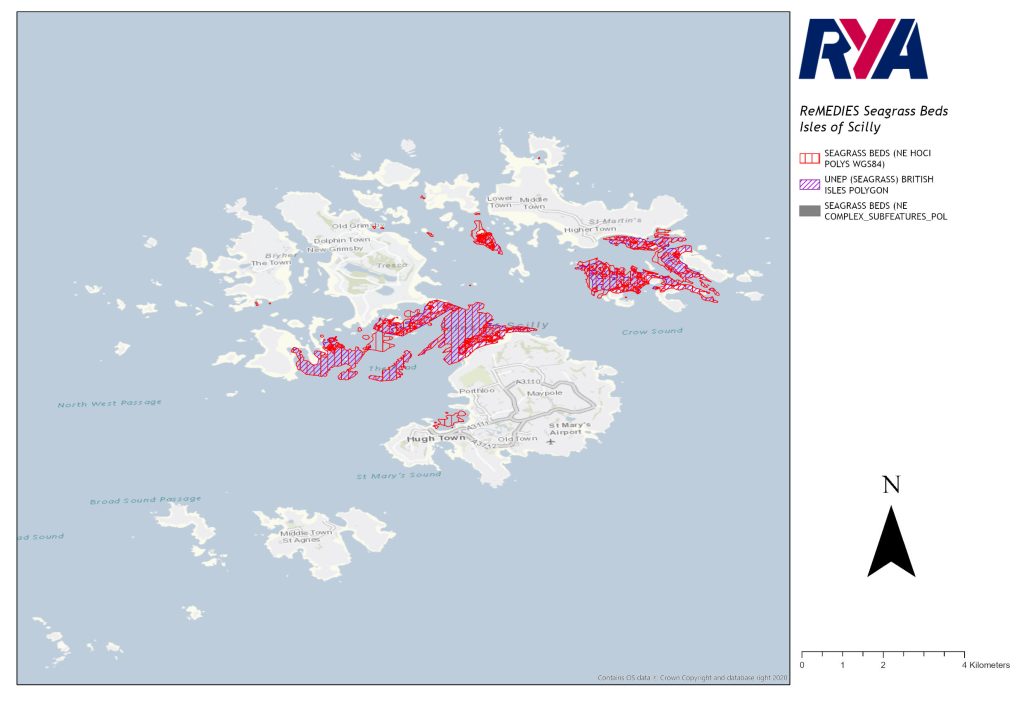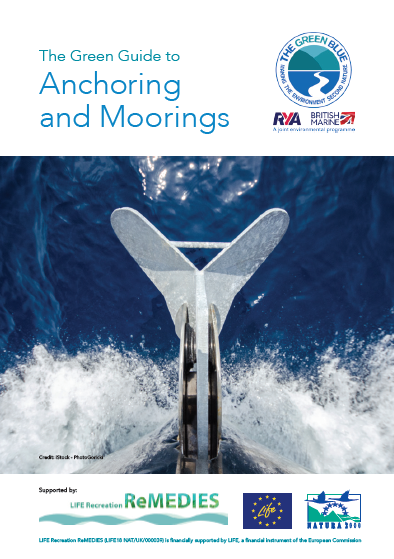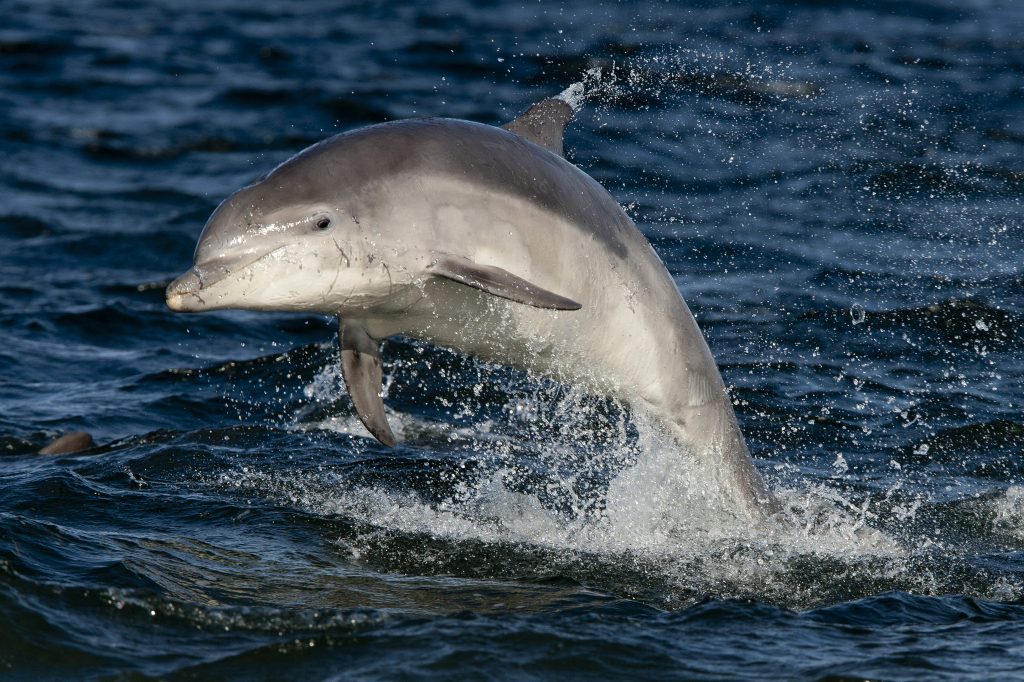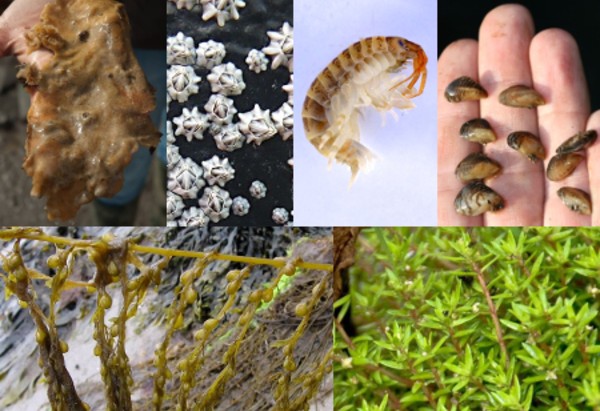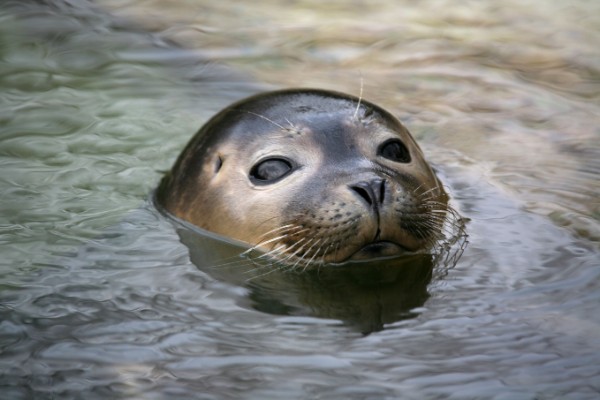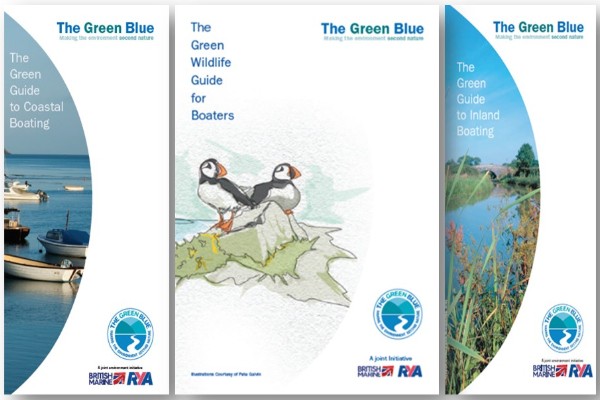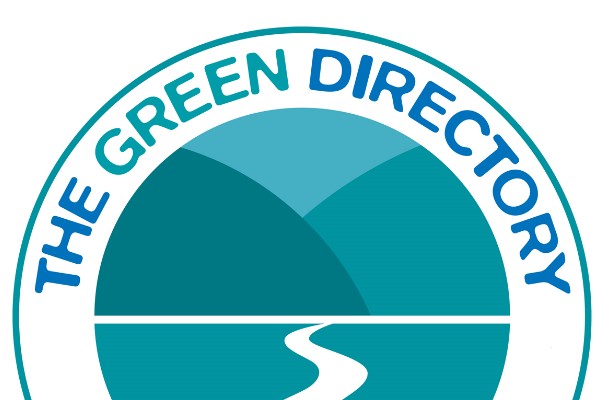Anchoring With Care
WHAT IS THE ISSUE?
Anchoring is an essential part of boating, whether you are stopping for lunch or sheltering from stormy conditions. It is important for recreational boaters to be aware of protected seabed habitats around the coastline and ensure best practice is adopted to help minimise any impacts anchoring activities can have on these sensitive habitats.
Since July 2019, the RYA and The Green Blue, along with other organisations, have partnered with Natural England as part of a four year EU LIFE funded project known as LIFE Recreation ReMEDIES Project #SaveOurSeabed. As part of this project The Green Blue is helping to raise awareness of the importance of seabed habitats and the best practice recreational boating can adopt to help protect and restore these habitats.
WHY DO SEABED HABITATS NEED OUR PROTECTION?
Intertidal and subtidal sandbanks and mudflats of European importance are habitats to a number of protected species such as seahorses, stalked jellyfish and rare seaweeds. Seagrass and Maerl beds are key seabed habitats at most at risk from recreational damage and many habitat areas in the UK are currently classed in unfavourable condition.
What is Seagrass?
- One of the most rapidly declining habitats on earth
- Scarce in UK seas
- Provide important nursery grounds for fish
- Healthy seagrass beds store significant amounts of carbon from the atmosphere, helping mitigate climate change impacts.
- Seagrass helps anchor and stabilise sediment reducing coastal erosion.
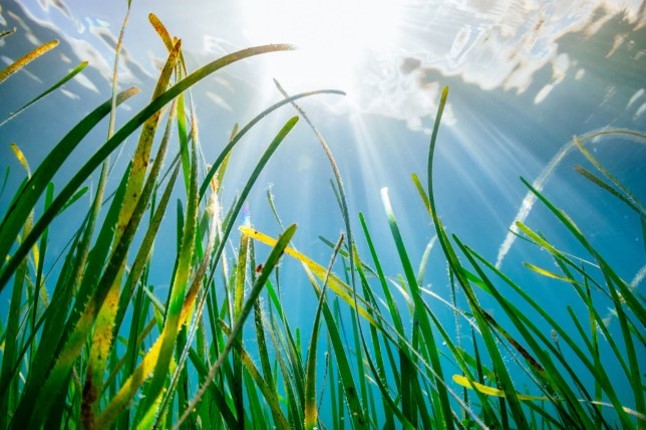
What is Maerl?
- Slow growing (<1mm/yr.) and are very fragile.
- Have a very limited distribution in England – Including the Falmouth & Helford Estuaries in the SW England and various locations across Scotland.
- Creates a very diverse habitat and supports an abundance of species.
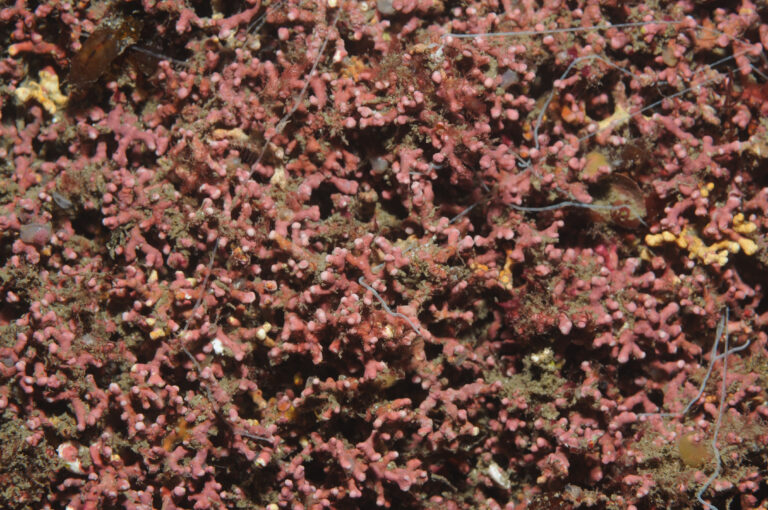
UK SEAGRASS AND MAERL BED LOCATIONS
If you are planning a boating trip why not find out where these protected seagrass and maerl beds are located to better inform you of where to be more vigilant when considering an anchorage spot.
Seagrass locations across the UK:
Maerl (lithothamnion corallioides) Locations:
Seagrass is located in the five LIFE Recreation ReMEDIES Project sites (Isles of Sicily, Falmouth and Helford Estuaries, Plymouth Sound and Estuaries and the Solent). Maps of seagrass locations can be seen on the maps below.
PLYMOUTH SOUND AND ESTUARIES
SEAGRASS LOCATIONS
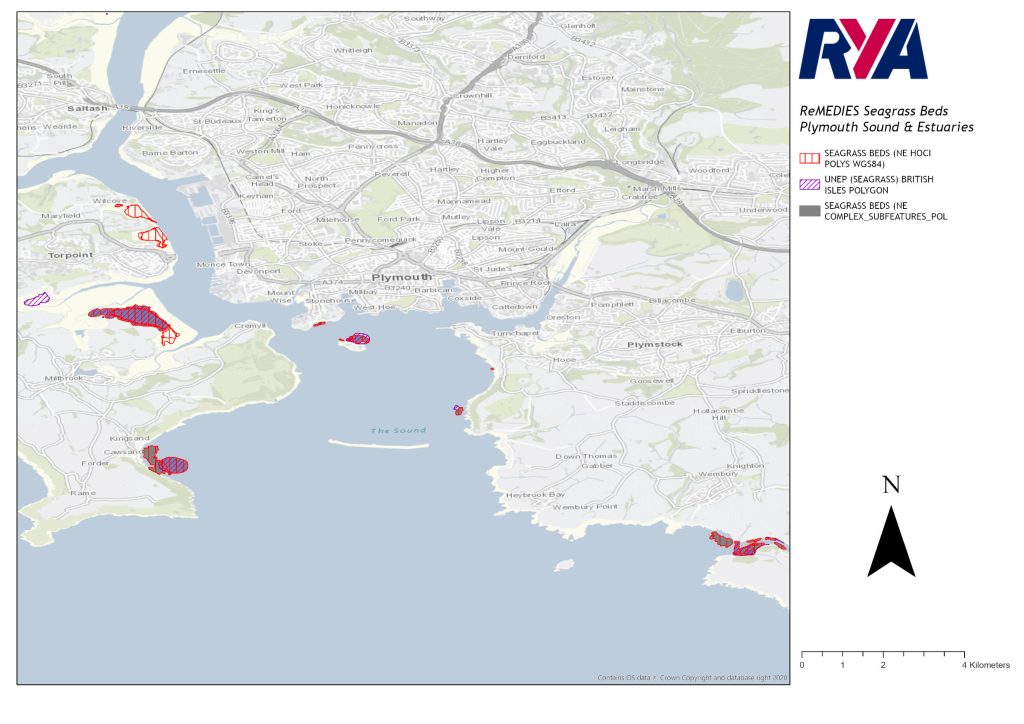
SOLENT
SEAGRASS LOCATIONS
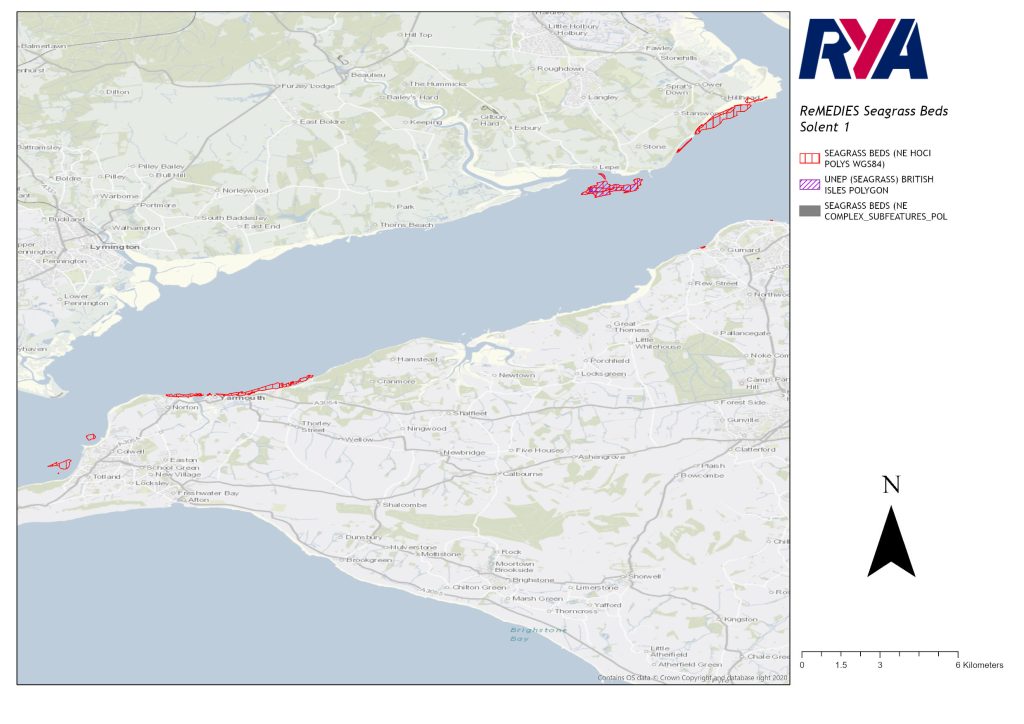
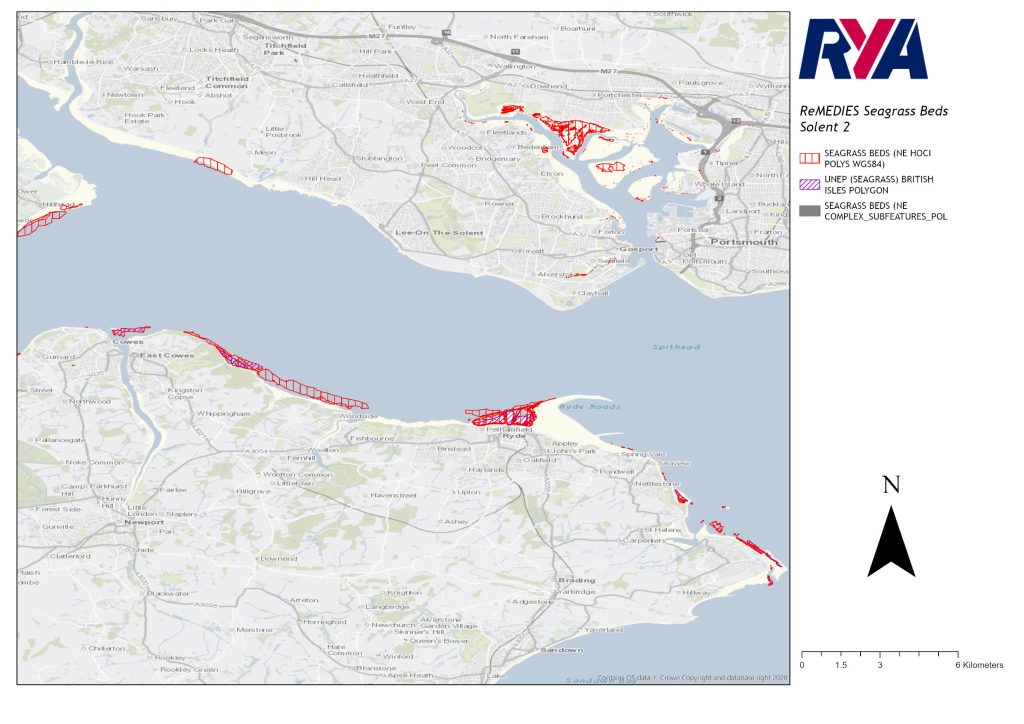
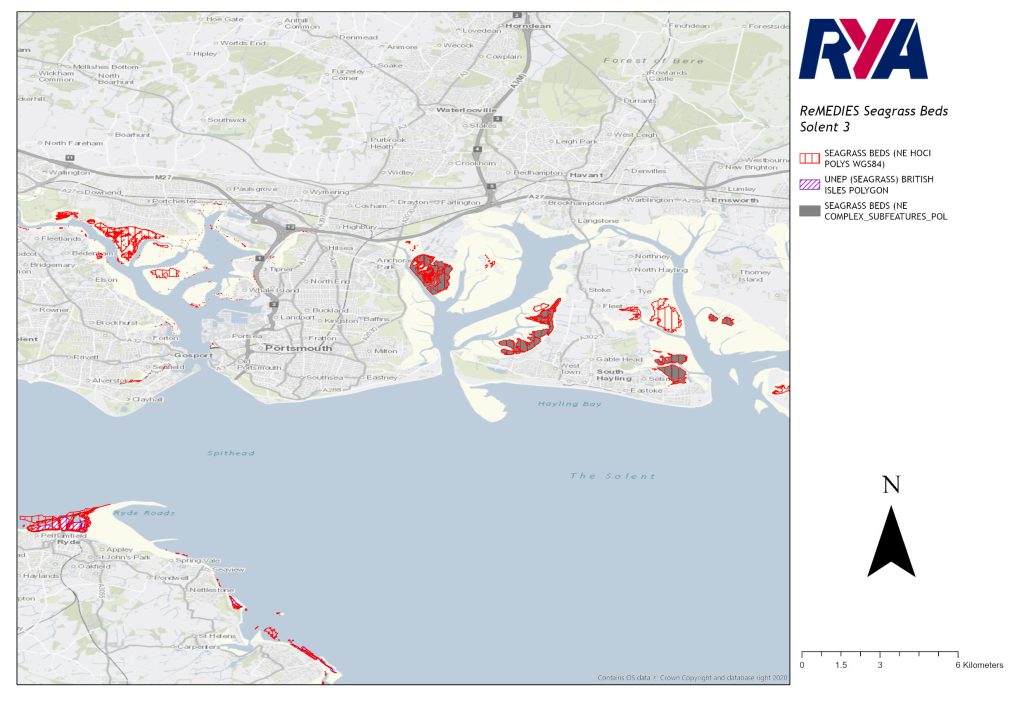
FALMOUTH AND HELFORD ESTUARIES
SEAGRASS LOCATIONS
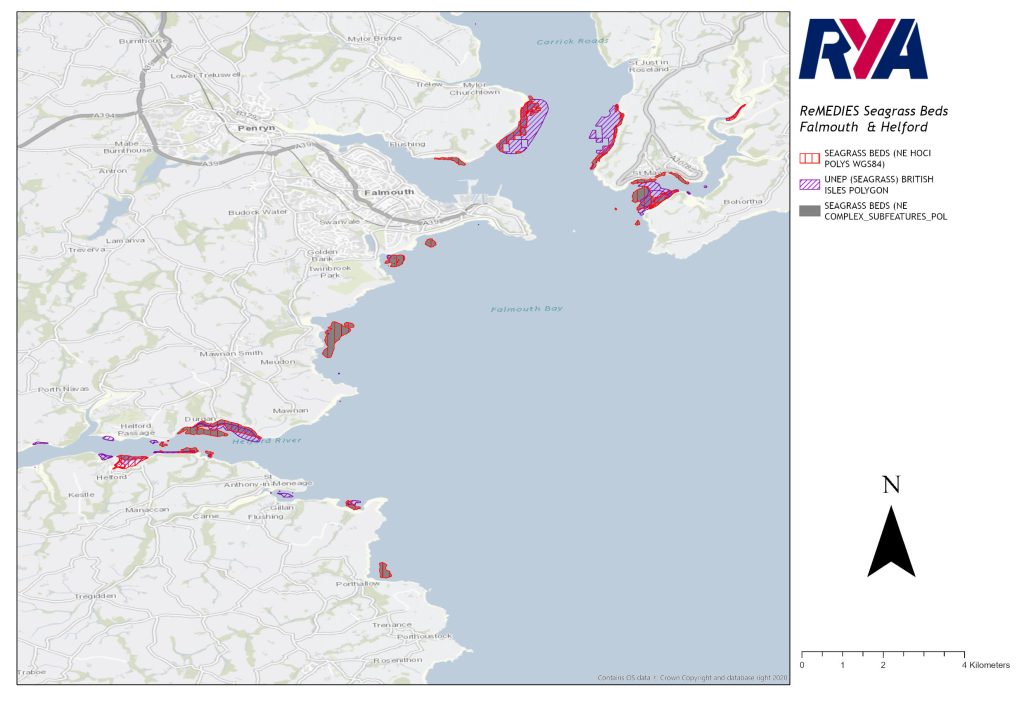
ISLES OF SICILY
SEAGRASS LOCATIONS
